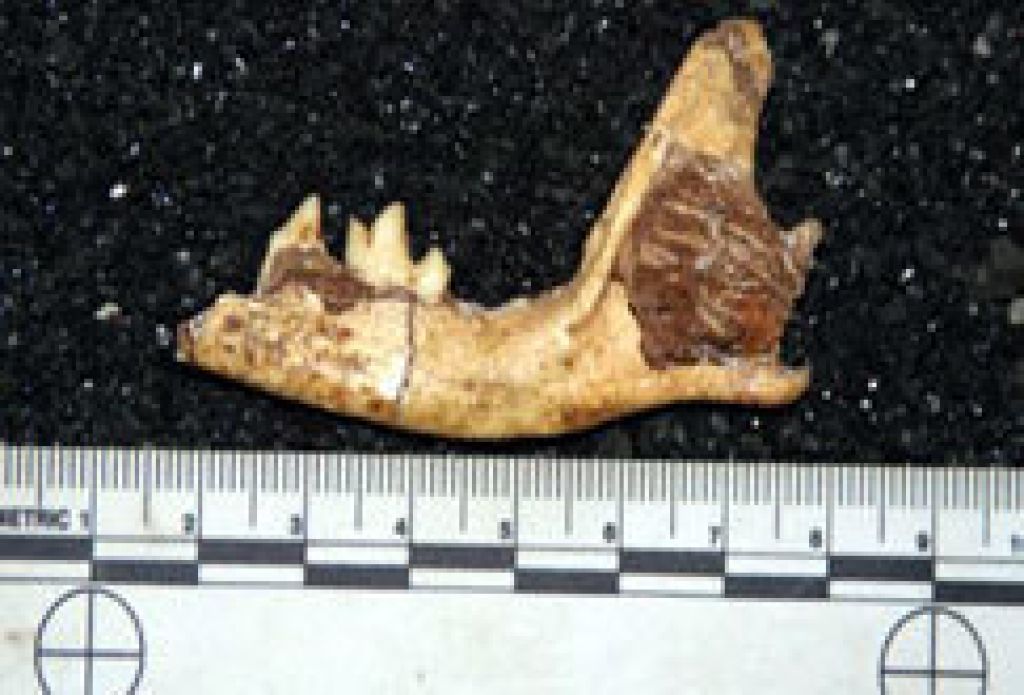Malapa fox wows scientists across the world
The world’s attention is still fully focused on Malapa and the 2-million-year-old fox fossil that was discovered there recently.

The discovery of the new fox species, announced a few days ago, was published in the prestigious journal Transactions of the Royal Society of South Africa.
The previously unknown species of fox has been named Vulpes skinneri, in honour of recently deceased world-renowned South African mammalogist and ecologist, Professor John Skinner of the University of Pretoria.
Dr Brian Kuhn, Research with the Institute for Human Evolution at University of the Witwatersrand and co-author on the paper, says: “We were just lucky to find it; we were not looking for it at all.
“We brought in hundreds of blocks from the site and were going through all of them. We have three samples of the species (a piece of jaw bone and parts of the skeleton) and are hoping we will find more. The odds are that we will.”
Malapa has, since its discovery as a fossil site in 2008, yielded a number of important fossils including the skeletons of a new species of human ancestor, Australopithecus sediba, which was first described in 2010.
University of the Witwatersrand Professor Lee Berger, one of the other authors on the paper and director of the Malapa project, says there is interest from across the world in the find.
“What is so interesting is that [we knew nothing of] this species until last Tuesday. There is huge interest from around the world.
“This little fossil, discovered in the Cradle of Humankind, is telling us about the ancient world, how it molded and shaped us. We have learned a little something about our past world that before didn’t exist. All of sudden there is a brand new creature adding to our past.”
Berger says one of the reasons the members of the Malapa project interact with the media is not only to make the public aware of the work they are doing, but also to inform their colleagues in the scientific world.
“We have been bombarded with media and scientific queries,” he says. “It’s difficult to keep up with it all!”
He says that research at the Cradle has been ongoing since 1935.
“There are still new forms, things we did not anticipate being discovered. It shows us that there is a critical need to do more fieldwork. Without new work it’s a puzzle with missing pieces. By understanding these small pieces (like carnivores), we understand the reality of our past.
“This is a discovery of a new thing right in front of us. It proves that exploration is not dead.
“I think many people, especially children, believe that all the great discoveries have been made – we know what this planet is all about. But even a fossil like this little fox, and Sediba, teaches us that we have just scratched the surface. There are so many great discoveries to be made, often in our own back yard.”